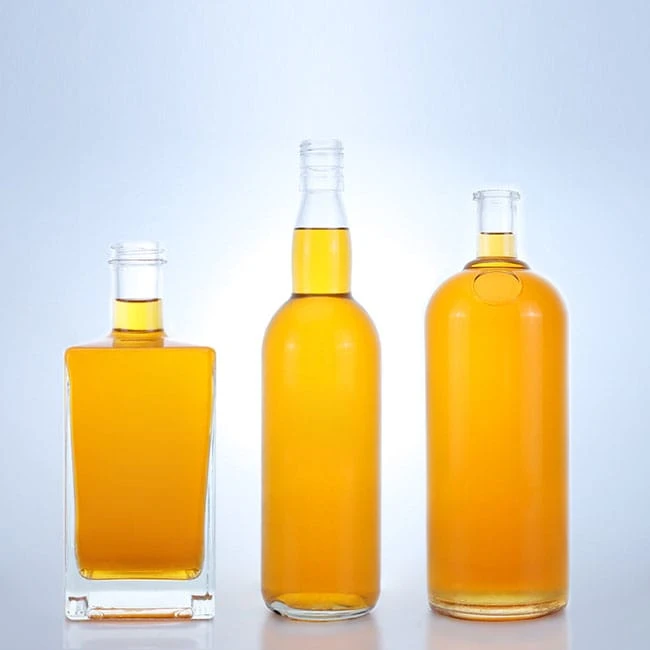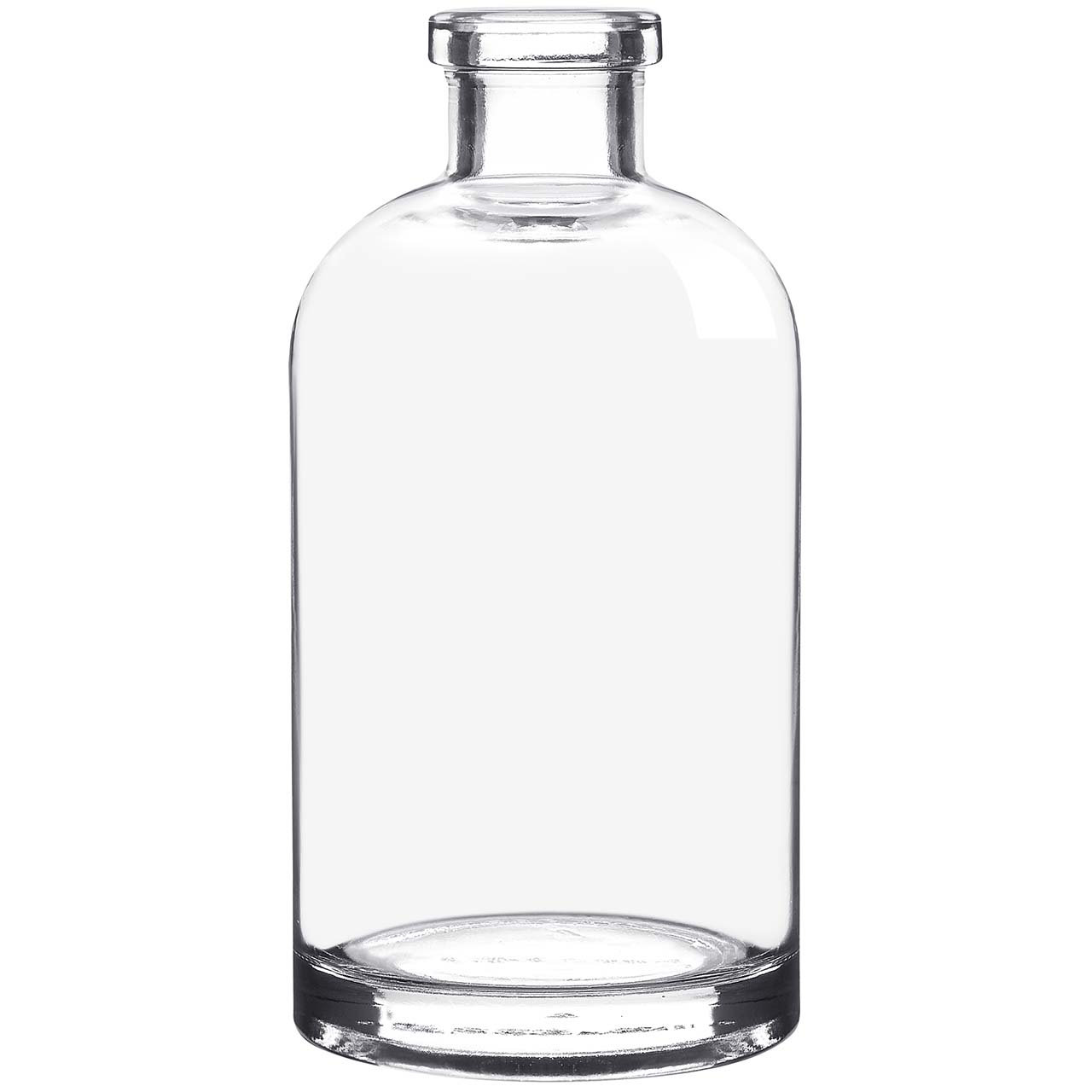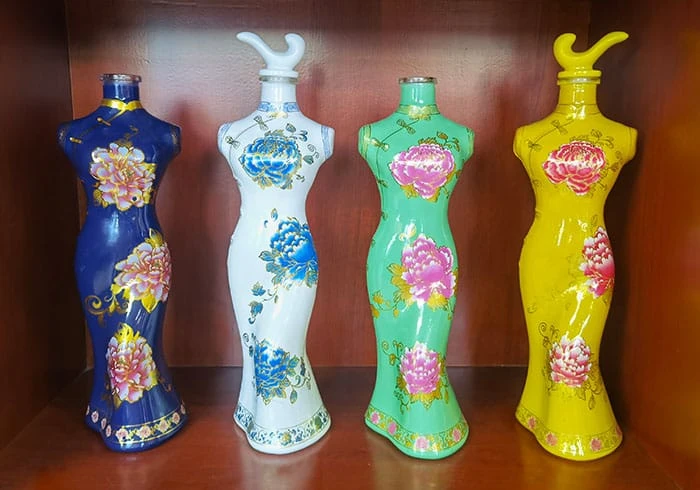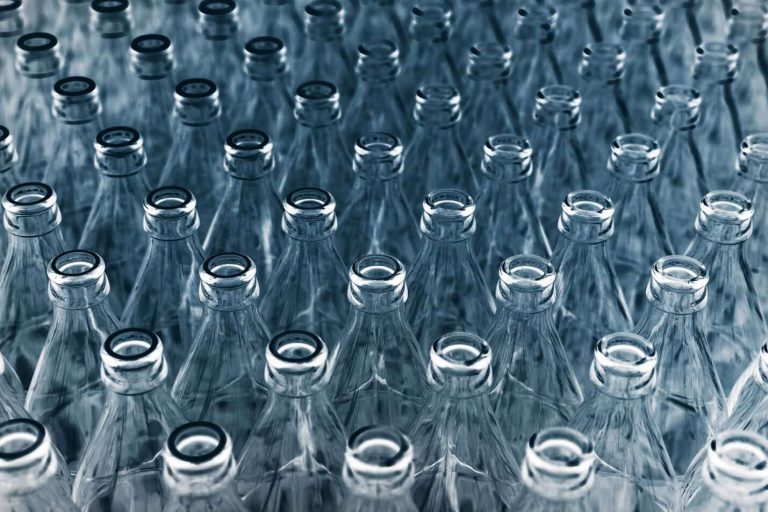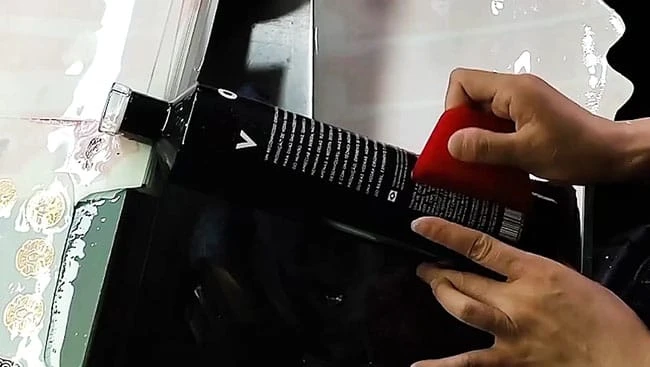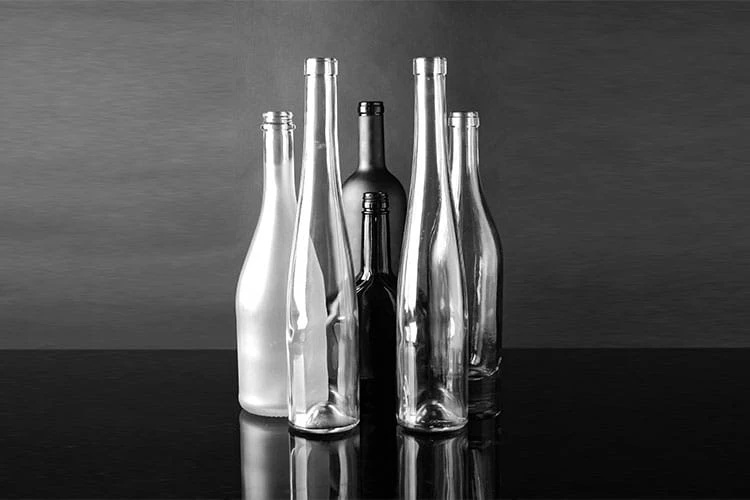Have you ever thought about the impact your commonly used water cups or beverage bottles have on the environment? Every day, we use various packaging containers to carry our drinks and food, and glass bottles and plastic bottles are undoubtedly the two most common ones in our lives. However, you may not know that glass bottles are far more harmful to the environment than plastic bottles. First, glass bottles take longer to degrade. The main component of glass bottles is silica, an extremely stable oxide that can persist in the environment for 1 million years, while the degradation time of ordinary plastic bottles is about 400-1000 years. This means that every discarded glass bottle accumulates contamination in the environment for an extremely long time. Secondly, greenhouse gas emissions are higher during the production of glass bottles.

Glass smelting consumes a large amount of fossil fuels for power. The UK glass industry alone emits 3 million tons of carbon dioxide a year. In contrast, plastic bottles produce relatively few emissions due to their lightweight design and recycling. One study showed that glass bottles have a 95% higher greenhouse gas impact than aluminum cans. In addition, the mining of raw materials for glass production causes serious damage to the environment. Mining minerals such as silica and sodium salts required for glass requires large amounts of water and destroys vegetation and wild habitats. These mining activities have caused serious damage to the ecological environment. To sum up, the damage caused by glass bottles to the environment is far greater than we imagine. Its degradation time is long, greenhouse gas emissions are high, and raw material mining causes serious environmental damage.

Therefore, when choosing containers, we should try to avoid using glass bottles and instead choose lightweight plastic bottles or other environmentally friendly containers. In addition, we can also reduce the burden on the environment through recycling. So, are you willing to change your lifestyle for the sake of environmental protection? Will you choose to use environmentally friendly containers? Glass bottles, the environmental cost is high, more harmful, or plastic bottles are better? This is a question we need to think seriously about. In our daily lives, glass bottles and plastic bottles are common packaging materials, but their impacts on the environment and human health are very different. First, let’s take a look at the production process of glass bottles. The manufacture of glass bottles requires a large amount of energy and raw materials, which leads to energy waste and environmental pollution.

Moreover, during the production process of glass bottles, some toxic waste will be produced. If these wastes are not handled properly, they will cause pollution to soil and water sources. In addition, glass bottles are easily broken during use. Once broken, dangerous fragments will be produced, which is also a threat to human health. In comparison, the manufacturing process of plastic bottles is relatively simple and consumes less energy. In addition, plastic bottles are not easily broken during use, which reduces the risk of harm to the human body. However, some environmental pollutants are also produced during the manufacturing and processing of plastic bottles, especially the recycling of plastics. The recycling rate of plastic bottles has reached more than 90% in developed countries, but the recycling rate in my country is relatively low.

This requires the government and the public to work together to increase the recycling rate of plastic bottles to reduce the environmental burden. To sum up, both glass bottles and plastic bottles have certain environmental and health problems. For us personally, choosing which bottle is better depends on our own needs and environmental protection. At the same time, it is also very important to increase the recycling rate of glass and plastic bottles. Only with the joint efforts of the whole society can the sustainable use of bottles be achieved. Finally, let us think about a question: Which bottle do you prefer, glass bottle or plastic bottle? What suggestions do you have for reducing the environmental impact of bottles? By establishing a complete recycling system, Germany has achieved a high recycling rate of more than 95%, greatly reducing the production of new glass bottles.

In comparison, the recycling rate of glass bottles in my country is only about 13%, which is far lower than the world average of 50%. This not only results in a huge waste of resources, but also increases the environmental damage caused by glass production. So, how to increase the recycling rate of glass bottles in my country? First, government departments can start from the aspects of regulations and economic incentives. On the one hand, laws and regulations can be formulated to include the recycling volume of glass bottles in the assessment indicators of solid waste treatment for supervision. On the other hand, recycling can also be encouraged through economic measures such as a tax on glass packaging or the return of acquisition subsidies. This can not only enforce enforcement, but also stimulate the enthusiasm of enterprises and individuals to increase recycling rates. Secondly, funds should be invested in the unified planning of urban recycling bins to facilitate residents’ sorting.

The government can set up more recycling bins in urban public places, communities, schools and other places and sort them. In this way, residents can conveniently put waste glass bottles into the corresponding recycling bins when going out, improving recycling efficiency. However, it is difficult for the government alone to achieve recycling goals and requires active participation from the public. Families can voluntarily sort and recycle waste glass bottles, and commercial enterprises should also take the initiative to recycle and scrap glass products. The key is to strengthen the construction of recycling facilities in public places, such as setting up recycling bins on a large scale in parks, squares, stations and other areas, and classifying them to remind and guide citizens to develop the habit of throwing them away. Common practices also include setting up reverse vending machines so that consumers can return empty bottles; or setting up empty bottle recycling points in shopping malls and supermarkets so that they can be returned while shopping.

Schools and communities should also carry out relevant publicity to instill environmental protection concepts into children and residents and cultivate their environmental awareness. To sum up, improving the recycling rate of glass bottles in my country requires government departments to start from the aspects of regulations and economic incentives, invest in unified planning of urban recycling bin settings, and requires the active participation of the public. Only when the government and the public work together can we increase the recycling rate of glass bottles, reduce resource waste, and protect the environment. In my personal opinion, the recycling of glass bottles is not only the responsibility of the government, but also requires everyone’s attention and participation. Each of us can start from small things, such as placing glass bottles in categories, promoting environmental protection concepts, etc. Only by working together can we protect the environment and create a better future. How do you think you can improve the recycling rate of glass bottles?

Welcome to leave a message to share your views and suggestions. In addition to glass and plastic cups, there are many other alternatives to environmentally friendly cups. For example, wooden cups, ceramic cups and stainless steel cups each have their own advantages and can meet different needs. First of all, wooden cups are a relatively environmentally friendly option. It is produced from renewable raw materials and the wood is biodegradable in the natural environment. Wooden cups also have good thermal insulation performance and excellent texture, which can increase the pleasure of drinking. However, since wood has natural capillary pores, it needs to be replaced regularly to avoid bacterial growth and health risks. Secondly, ceramic cups are very environmentally friendly. It is mainly fired from natural minerals, has excellent heat preservation properties, and has a thick and moist taste. It especially complements the temperament of Chinese tea culture.

However, it should be noted that some brands of ceramic cups that use the “glaze color” process have colors printed on the glaze, which are not suitable for direct drinking, especially hot drinks, which may release harmful substances. Finally, stainless steel cups are heat-resistant and impact-resistant, making them the first choice for many outdoor sports people. It is highly safe, easy to clean, and suitable for quick drinking water in various occasions. Choosing an environmentally friendly cup is a contribution each of us makes to environmental protection. In addition to reducing the use of plastic and glass, we can also choose more environmentally friendly cups, such as wooden cups, ceramic cups and stainless steel cups. Everyone starts from themselves, chooses environmentally friendly cups, and jointly establishes a complete recycling system to maximize the reuse of resources and reduce damage to the environment. So, which kind of environmentally friendly cup will you choose in your daily life?

What are your thoughts on and experience using eco-friendly cups? Welcome to leave a message to share your views and suggestions! Nowadays, environmental protection has become a hot topic around the world, and drinking water is an indispensable part of our daily lives. But have you ever thought that the type of cup you choose to drink from is also an environmentally friendly gesture? In this article, we’ll explore the environmental impact of different cup materials and the sustainable choices we can make. Plastic cups, glass cups, stainless steel cups, ceramic cups, wooden cups, these cups are common drinking vessels in our daily lives. But are their manufacturing processes and disposal methods environmentally friendly? Let’s take a look.

First of all, the manufacturing process of plastic cups requires a lot of energy and chemicals. In addition, plastic cups take a long time to degrade and cannot be completely degraded, so they will cause long-term pollution to the environment after being discarded. The energy consumption in the production process of glass cups is high, and the recycling rate of glass cups after discarding is not high, so the environmental protection level also needs to be improved. Stainless steel cups have a long service life and are not easily damaged, but their manufacturing process also requires a lot of energy and chemicals. In addition, the chromium element in them will react chemically with citric acid, so they are not suitable for drinking acidic drinks, otherwise it will increase the concentration of metal ions. Dissolution risk. The raw materials for making ceramic cups are natural and there is less pollution during the processing. However, ceramic cups are fragile and easily damaged, and they are not easy to recycle after being discarded.

Wooden cups are a natural material with renewable sources, relatively little pollution during processing, and a certain degree of degradability, so they will not produce too much garbage after being discarded. To sum up, cups made of natural materials are still our first choice. However, modern technology continues to develop, and the emergence of new materials also provides us with more sustainable options. For example, glasses with added antibacterial ingredients can inhibit the growth of bacteria, and there are also some degradable plastics that degrade in a much shorter time than ordinary plastics. These innovative materials may also become our options. When choosing drinking vessels, we should consider more about the impact of materials on the environment. Starting from changing every living habit, we can jointly reduce the burden on the earth and leave a livable home for future generations. Let us act together and contribute our part to environmental protection.

